

The combat suit of the Ukrainian soldier or military uniform...
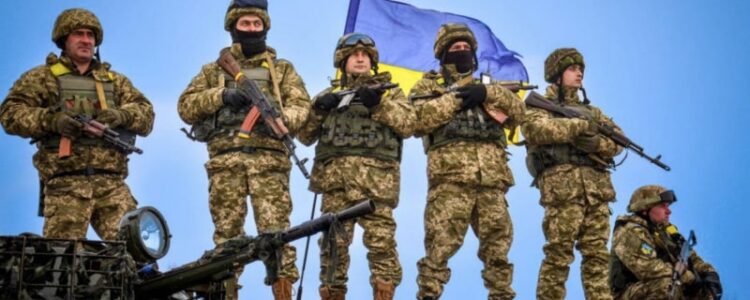
The combat suit of the Ukrainian soldier or military uniform is not only what distinguishes the military from the civilian but also what is designed to protect the fighter on the battlefield and also provide several tactical advantages. In this article, you will learn about what the new military uniform of the AFU consists of, as well as its features and history.
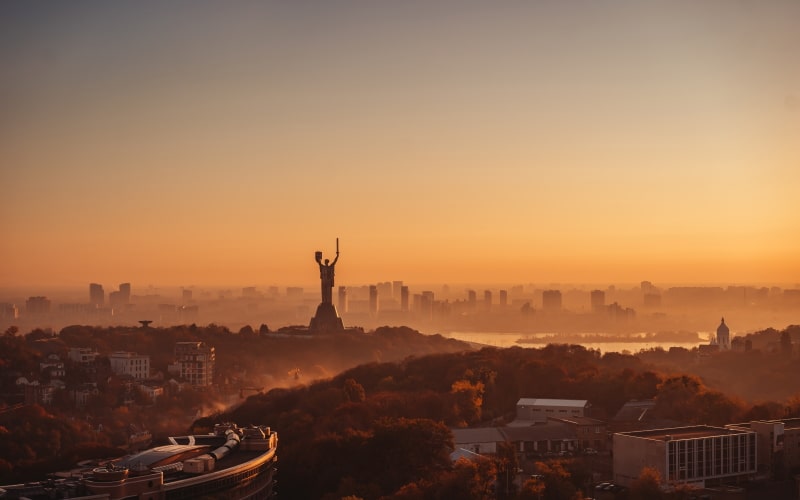
The uniform of the soldiers of the AFU is the story of liberation from the Soviet legacy and remnants. Since the post-Soviet period, the ongoing evolution of the Ukraine soldiers uniform has acquired all the features of NATO ammunition. Now, some elements of the Ukraine army’s new uniform have reached several innovative details. Next, we will follow how the Ukrainian army uniform gained independence.
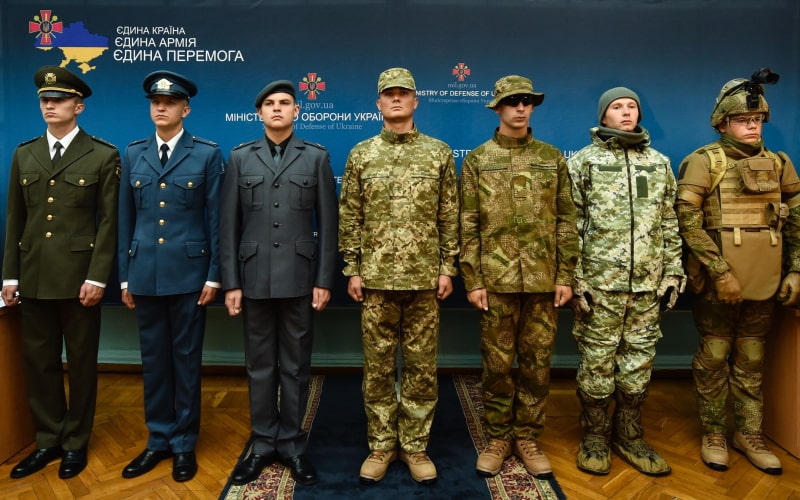
Almost since the formation of Ukraine as a sovereign state, the army has been dressed in the “Dubok” camouflage pattern, which is often confused with the USSR Airborne Forces camouflage Butan, these two camouflage patterns really have slight similarities, but they are not the same.
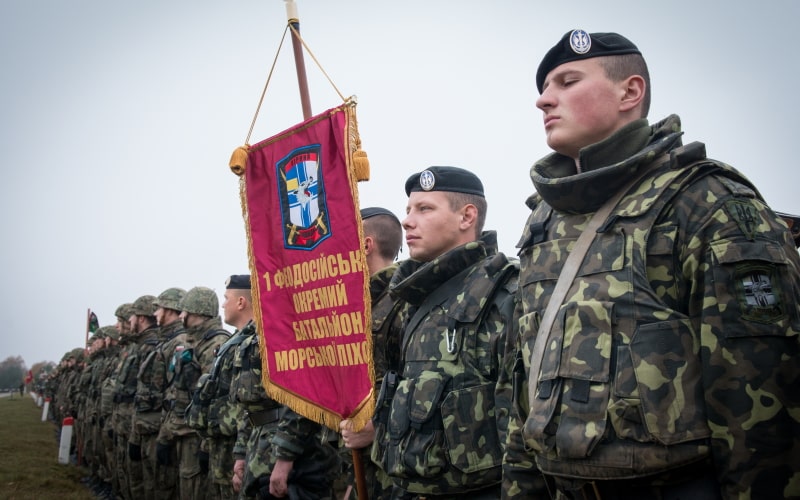
Ukraine army uniform “Dubok” was developed in the early 1980s and put into service in 1984. Dubok camouflage was used in the Ukrainian army until the start of the war in eastern Ukraine. Dubok was poorly camouflaged and became outdated as a combat uniform even at the beginning of the 2000s
At the beginning of 2014, Dubok was replaced by the “gelateika”. The new uniform was named in honour of the former Minister of Defense Valery Geletey, under whom this form was adopted.
The geliteika was many times more modern and more comfortable, and due to the new MM14 pixel camouflage, it provided an excellent disguise in Ukrainian landscapes. Still, everything was not as good as it seemed.
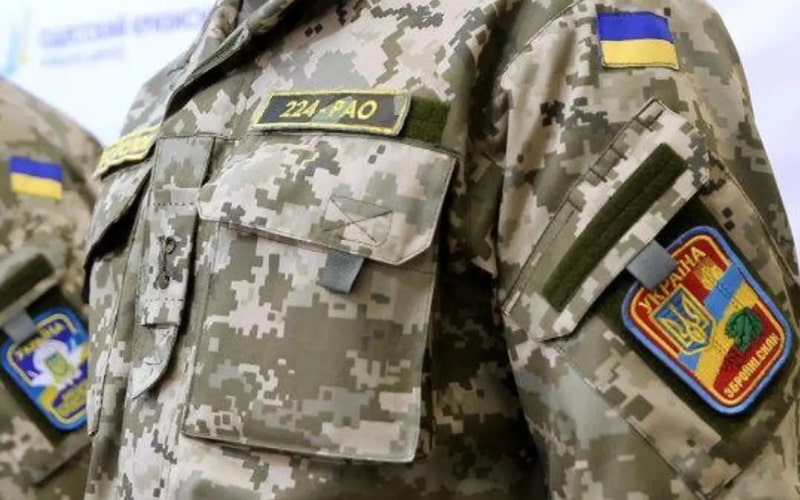
The development of the gallery has its history. In 2012, representatives of the Norwegian company NFM brought several samples of the GARM uniform to Ukraine. They were going to build an enterprise and set up the production of military uniforms based on GARM. Unfortunately, funding for the military industry was in bad shape then, so the Norwegians considered further cooperation unpromising. The Ministry of Defense took samples of the brought form as a model and launched the production of the infamous galeteyka.
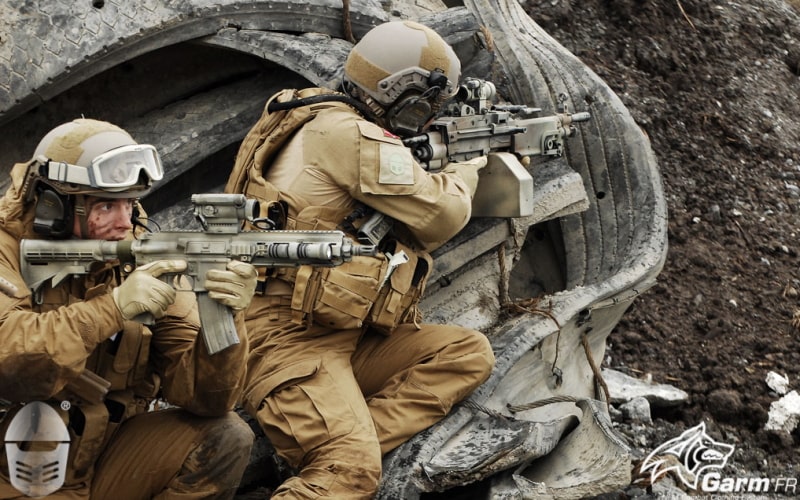
Copying foreign samples caused unpleasant consequences for both the manufacturer and ordinary soldiers. Galeteyka inherited many elements, such as extra Velcro and fasteners (the jacket had a zipper, buttons and Velcro at the same time), which were not used by the soldiers of the Armed Forces of Ukraine, while the cost of manufacturing a set of uniforms was quite high.
In addition to the overblown cost, the Ukraine army uniform had an unsafe fabric composition. Raincoat fabric with article 2701 was not intended for sewing clothes that come into contact with the skin. The fabric consisted of more than 80% synthetic materials and 15-20% cotton. The form of this fabric quickly caught fire with a characteristic smell of burnt rubber and melted. The combustion temperature of such material can reach 800-900 degrees, and molten pieces of tissue can burn through the skin and muscles and even damage the bones, significantly reducing the chances of surviving.
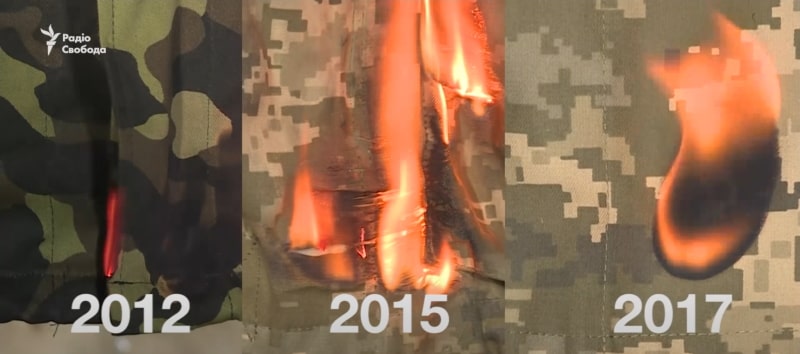
This form performed the simple task of “giving at least some uniform”. Experts called the galeteyka an ordinary robe that was painted in a pixel, and soldiers on the front line preferred any other uniform.
Somewhere in 2017, the Armed Forces of Ukraine already received a new uniform, the development of which was carried out by Konstantin Lesnik, a well-known specialist in the field of military equipment.
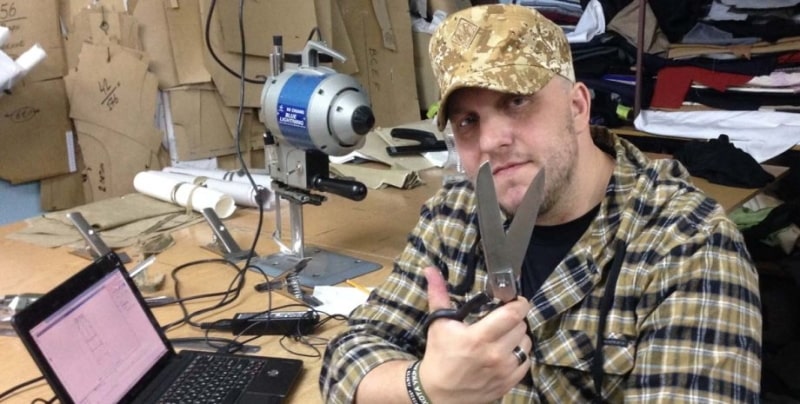
The new combat suit of the Ukrainian army was already developed almost from scratch and took into account both the terrain’s features, the fighters’ needs and feedback. During the project’s preparation, the military’s requirements and the specifics of modern military operations were taken into account. The first samples were experimentally tested in an actual combat situation. Compared to the previous generation of the Ukraine army uniform, unnecessary elements were removed. The best practices of NATO countries and current trends of commercial firms were studied.
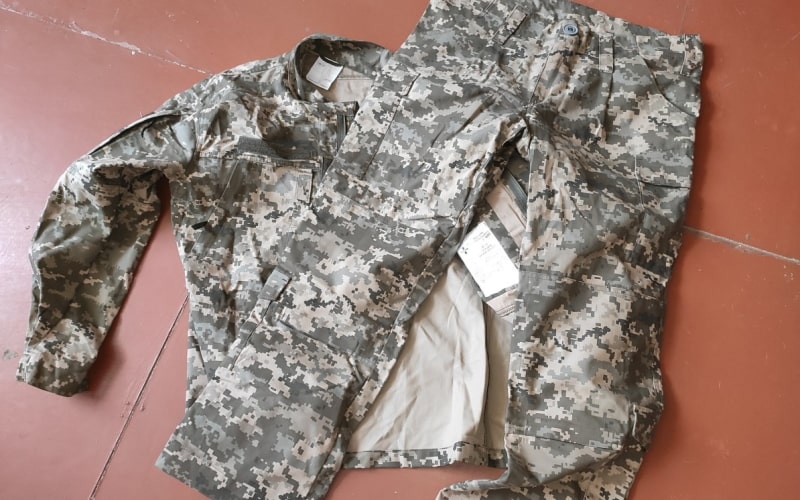
The final version of the Ukraine soldiers uniform meets military requirements and the economy’s reasons. 4.5 meters of fabric are spent on the “geleteyka”, and 3.6 meters – on the new form. A well-thought-out design and optimization of production made it possible to save on fabric, and sewing operations, which are about a hundred pieces less. In addition, they are simpler. All these factors are also reflected in the more affordable cost of the kit.
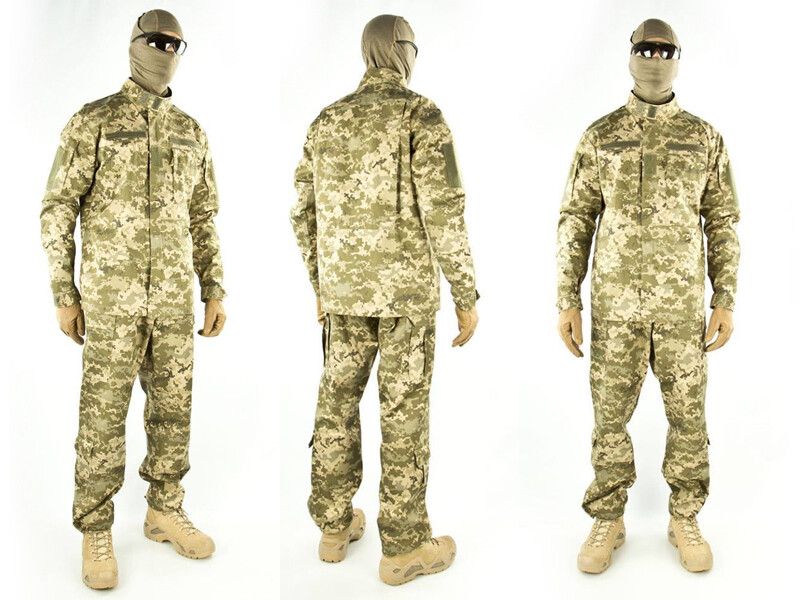
Ukraine army new uniform MM14 in 2017 is already devoid of the drawbacks of the two previous generations and has many high-quality and positive solutions. Let’s take a closer look at the new design features.
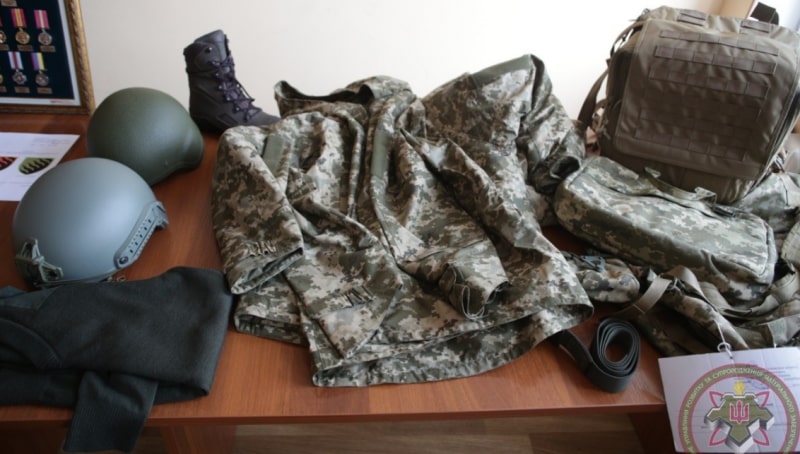
Here is a standard set for any armed forces:
Hats:
Outfit:
Shoes:
Let’s consider the main elements of equipment that have undergone the most significant changes and modifications.
The cap has a standard round shape with the badge of Ukraine and a short flexible visor, which does not protect very well from the sun. On the sides, there are two eyelets for ventilation, which also do their job not very efficiently.
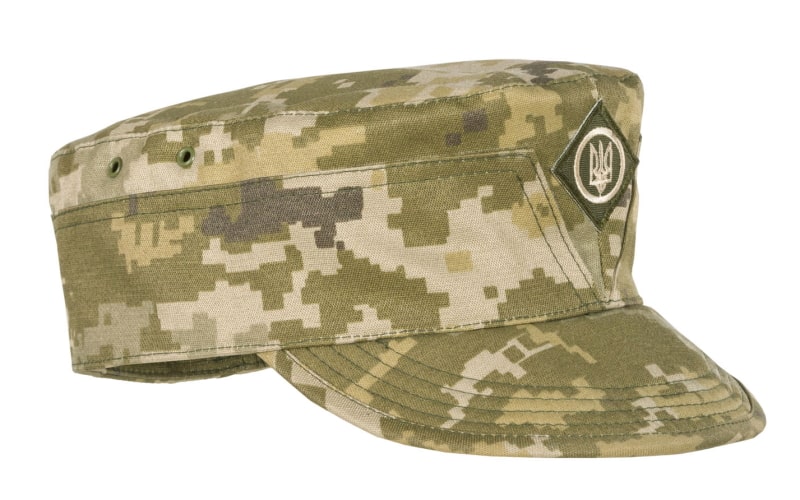
A headdress of this type is also called a “mazepinka” because it has elements that make it related to the hat worn by the associates of Ivan Mazepa.
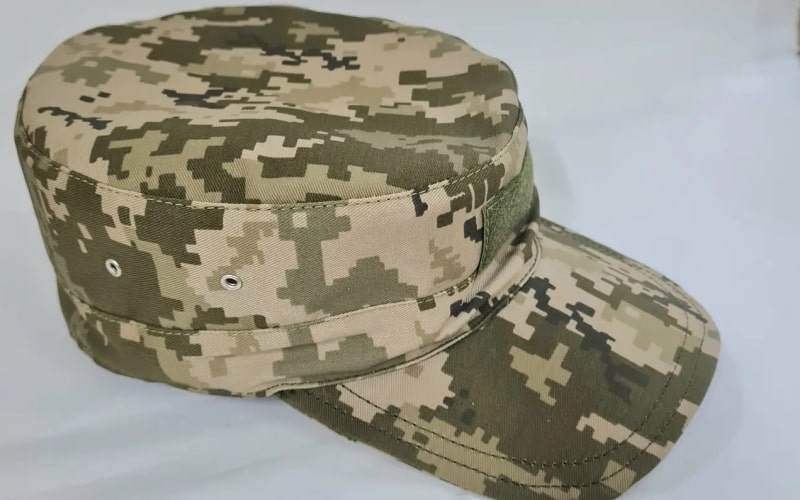
Panama is also provided, designed to eliminate the shortcomings of the standard cap. Panama has a wide brim and drawstring with a lock and large ventilation holes.
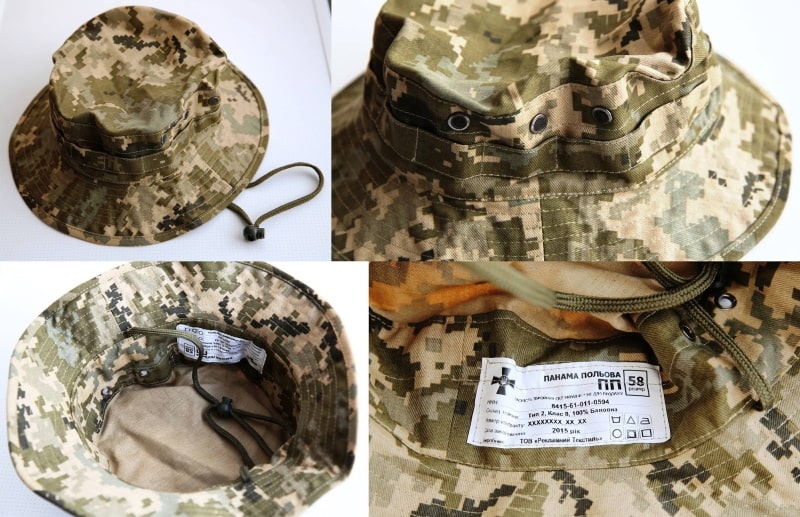
The winter hat consists of a head and a lower part with ears and a visor. A textile cockade is sewn on the visor. The hat is made of fleece and softshell knitted fabric.
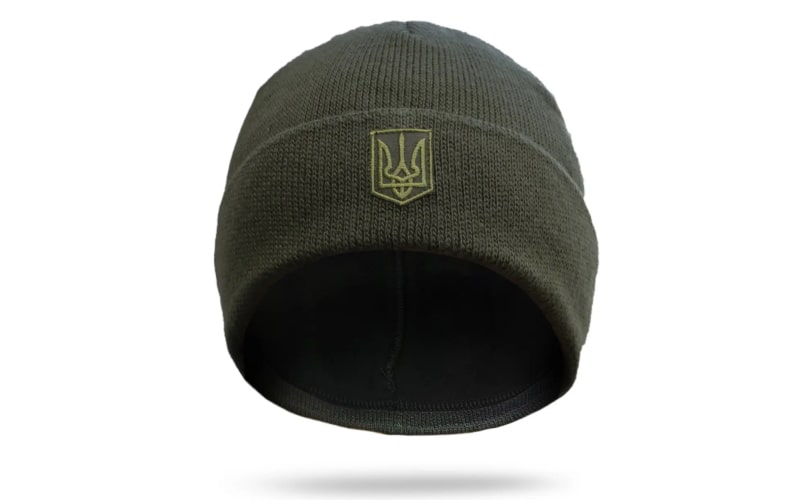
The balaclava hat acts as a soft layer between the head and the helmet, has a design similar to a winter hat, is made entirely of fleece and does not have a visor.
It is this costume that is most often meant by a Ukraine army uniform. This suit is the basis of a Ukrainian soldier’s uniform and often undergoes constructive changes and updates. The costume consists of a jacket and pants. The jacket is fastened with a central internal zipper, two sliders, and a textile fastener. The zipper is well-made by military standards. Although the zipper is less reliable than buttons and not as easy to maintain, it can be fastened much faster and protects from the wind much better.
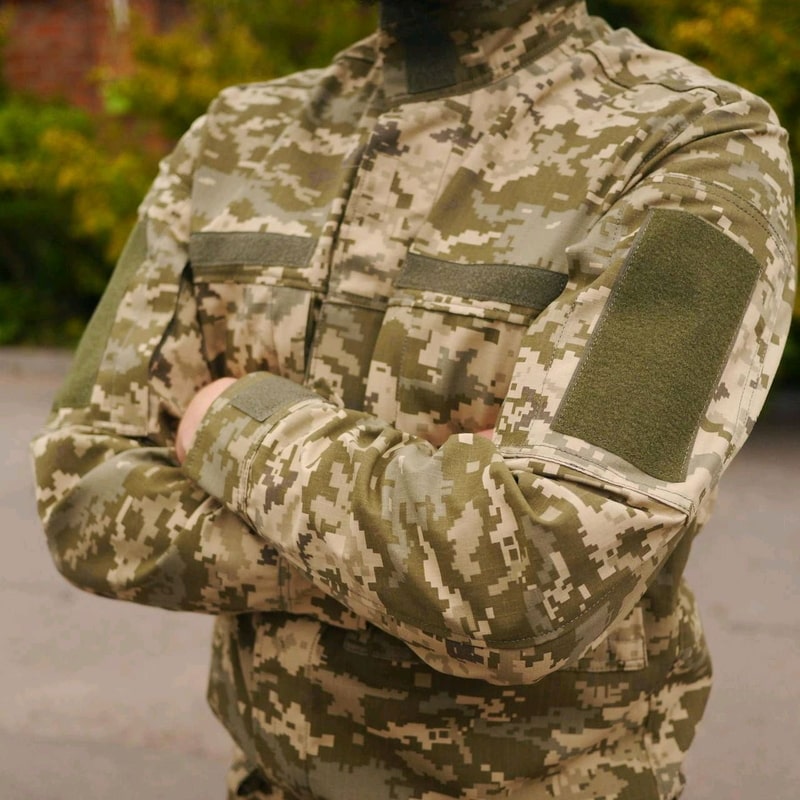
The jacket has two chests and two sleeve pockets. Textile fasteners are sewn to accommodate patches. The design of the through chest pockets is a successful solution for the new form. Their feature is that the fighter gets free access to the contents of the pockets in a bulletproof vest or rig. There is no such feature even in expensive commercial copies.
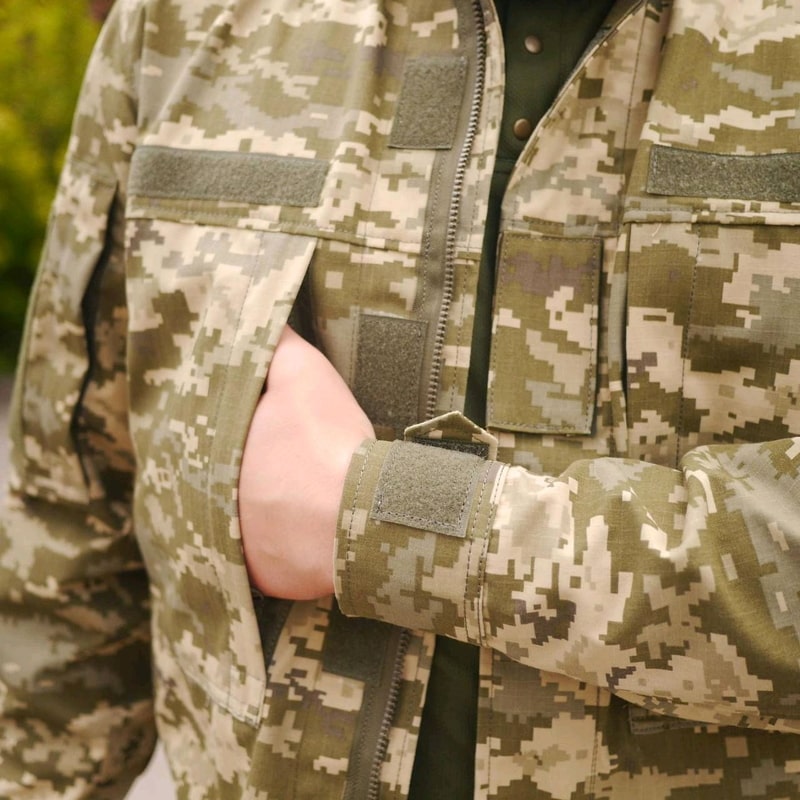
The jacket has reinforced elbows into which foam material is inserted for protection. Unfortunately, such material harms mobility and convenience, so most soldiers do not use them.
The sleeves have Velcro with two adjustments. Pockets on the shoulders are standard small in size for storing the tourniquet.
Trousers from suits with the central internal zip fastener are closed on the Canadian button. Pants have deep slit pockets of the same material as the rest uniform. The pockets can easily fit a phone or an AK, or AR-15 magazine. For the belt, provided wide trouser loops, as well as special tightenings that allow you to do without a belt. There are no back pockets.
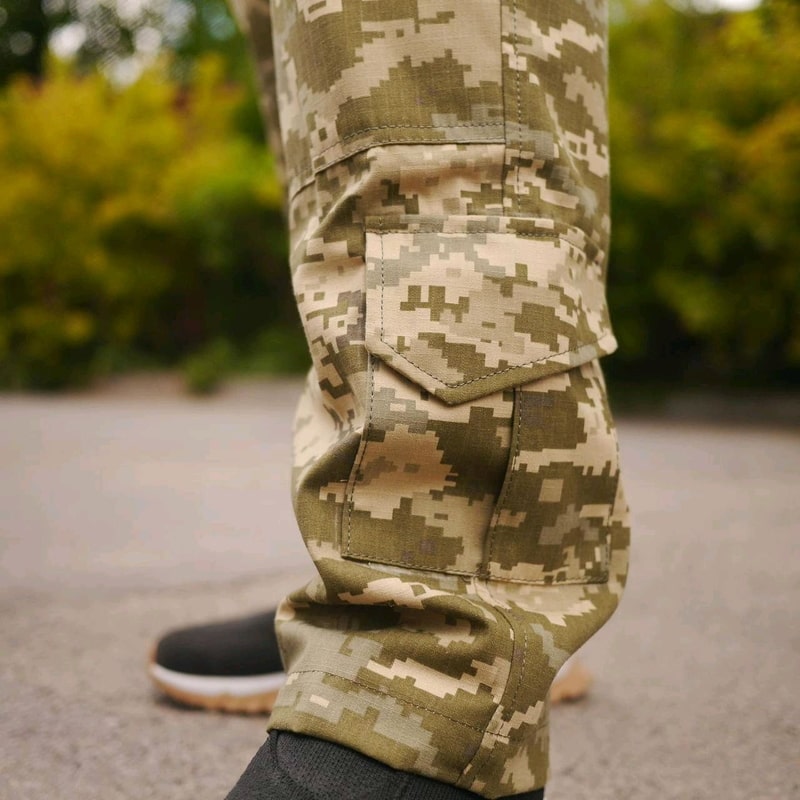
Below are side cargo pockets. The front part of the flap covering the pocket is sewn on, as on US Marine Corps pants. The pocket size is medium but roomy.
In the knee area, an additional layer of fabric with Velcro for protective foam. At the end of the leg, there is a Velcro pocket for the Emergency Bandage or tourniquet. Velcro for adjustment and laces are located at the bottom of the leg.
Many elements of the Ukrainian military uniform meet NATO standards.
This form is made in two versions: Twill or Ripstop.
Twill, a more familiar and common version, has a denser structure and better retains heat, which is why twill is popular in the navy.
Ripstop is a relatively new type of fabric made with the addition of reinforcing fibre. The material from Ripstop is very wear-resistant and does not tear easily.
The transition to summer or winter uniforms is established by the relevant orders of the head of the garrison and instructions of the commanders of individual AFU branches. At the same time, the documents indicate at what air temperature different versions of the field uniform should be worn. Thus, the “lightest” winter uniform in garrisons is provided from 0 to -5 degrees, and in combat conditions – from 5 to -10 degrees Celsius.
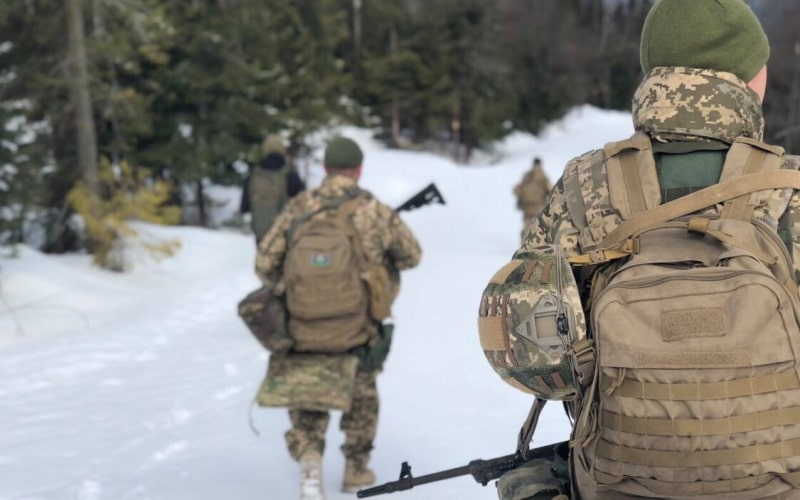
The insulating suit is made of a knitted synthetic fabric of the “fleece” type and polyamide inserts. A suit jacket equipped with central zip. It has inside side pockets with a zipper. Textile fasteners are sewn on for attaching patches and insignia. Pants have a drawstring for tightening the belt.
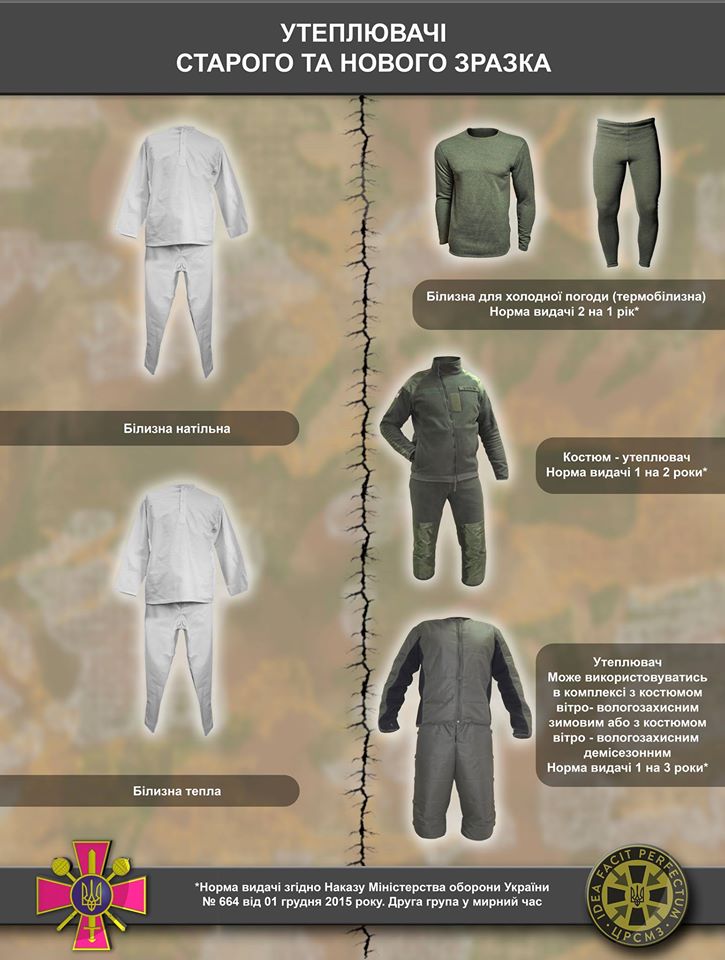
The demi-season wind- and a moisture-proof suit made of synthetic membrane fabric includes trousers and a jacket. The main seams of the suit are taped with synthetic tape to prevent moisture from leaking in. The jacket is fastened with a zipper. It has an adjustable hood and two inside pockets. On the sides of the jacket are two ventilation holes with zippers. The trousers are fastened with a zipper and a textile fastener and have elastic, removable suspenders.
Windproof, waterproof winter suit made of a knitted synthetic fabric of the “softshell” type includes pants, a jacket and removable insulation for them. The hood of the jacket is adjustable in size. On the elbows, knees, shoulders and the back of the lower part of the jacket, reinforcing pads are made of polyamide fabric. External sleeve pockets and front placket covering the front zipper in polyamide fabric. The pants have large outer pockets. Trousers have a zipper and a textile fastener. The suit is completed with a insulation made of synthetic material.
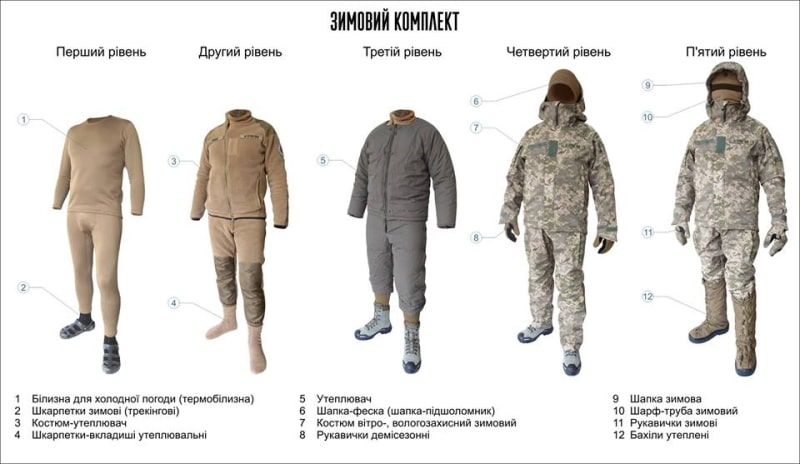
Combat shirt made of plain-dyed knitted fabric and cotton or mixed plain-dyed or printed fabric with a front zipper. On the sleeves, there are external pockets with textile fasteners for attaching stripes and insignia.
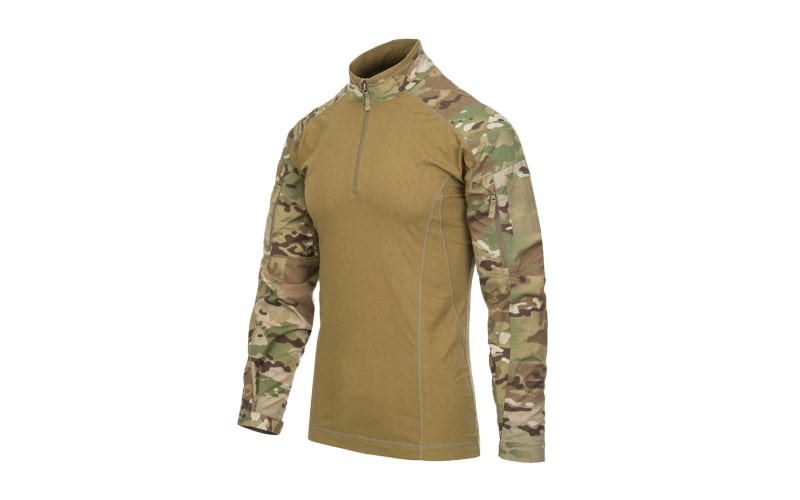
Demi-season fleece five-fingered gloves. Reinforcing linings made of genuine leather on the palm. Winter gloves are made of knitted synthetic material such as “softshell”.
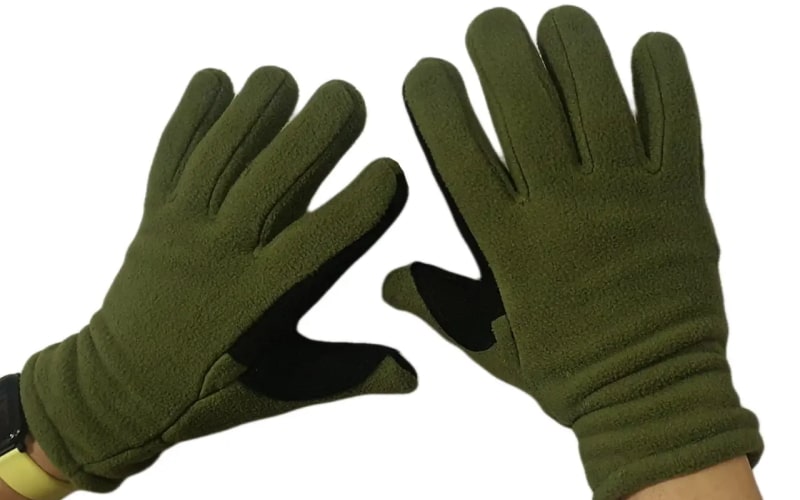
Summer trumpet scarf is made of knitted fabric. The winter version of the tube scarf is made of fleece with stitched edges. A cord with a lock is stretched into one of the seams.
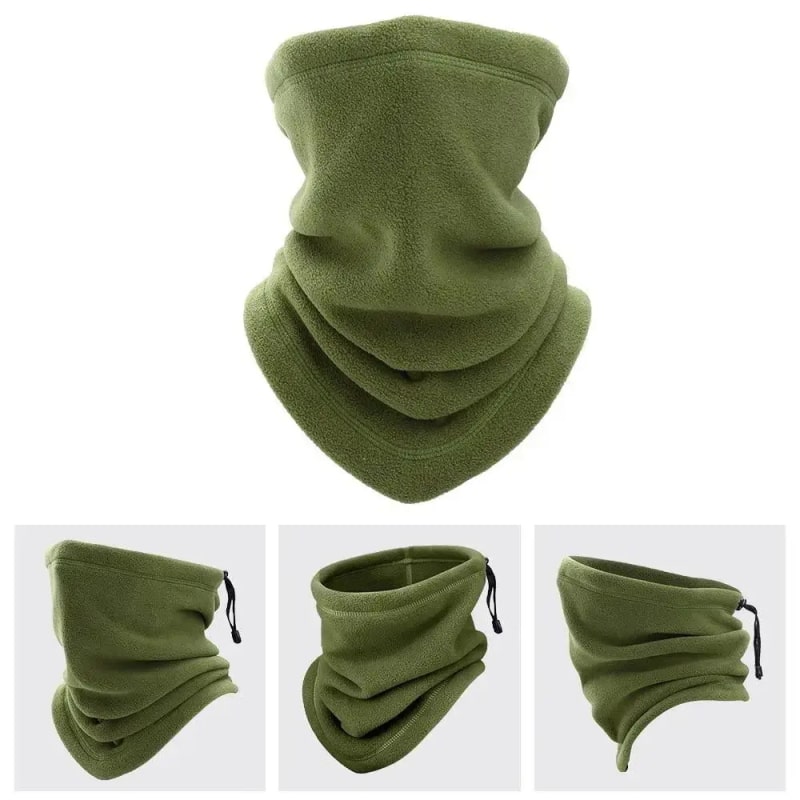
The cold-weather set includes a shirt and underpants made of knitted synthetic fabric.
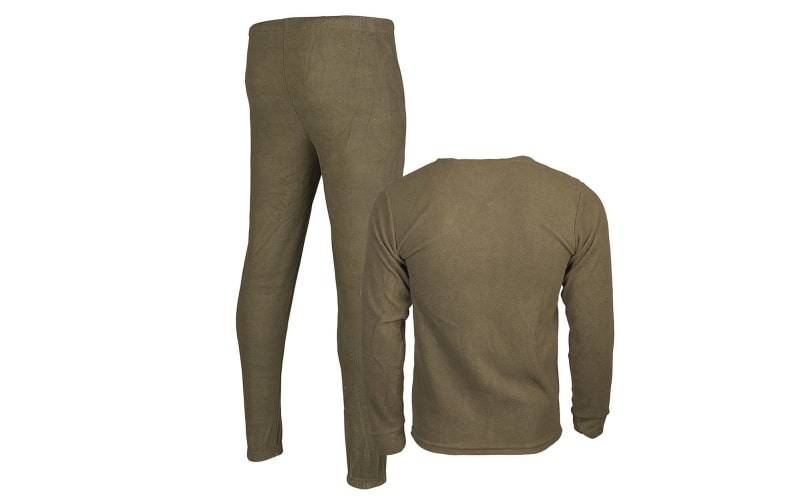
Currently, in Ukraine, only one standard of the military uniform is approved by the Ministry of Defense – male. The only army standard was created according to unified patterns and is not always ideal, even for a man of average build. Female military personnel face an even bigger problem. Almost 90 women serving in the Armed Forces of Ukraine are forced to apply to the sewing workshop to fit the given uniform.
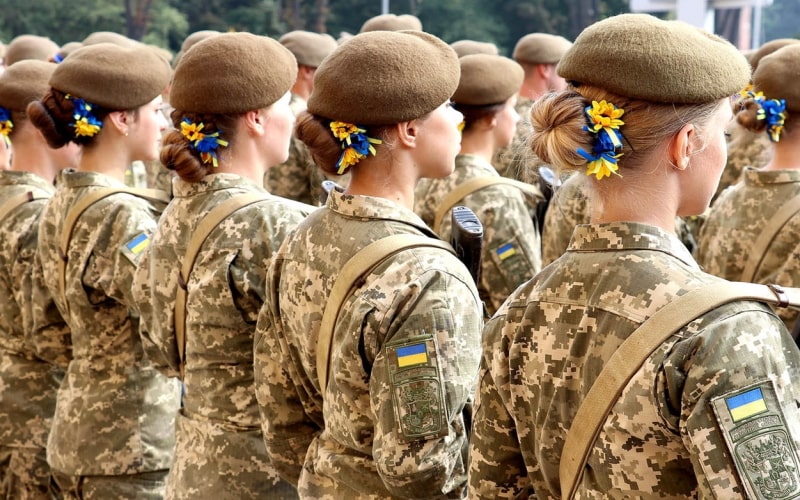
Since 2014, the number of women in the Armed Forces of Ukraine has noticeably grown. For 2021, the total number of female military personnel exceeds 23%, which is more than 32 thousand military personnel, of which 1054 are senior officers. In connection with the current trend, the Ministry of Defense of Ukraine is actively working on creating a women’s uniform kit.
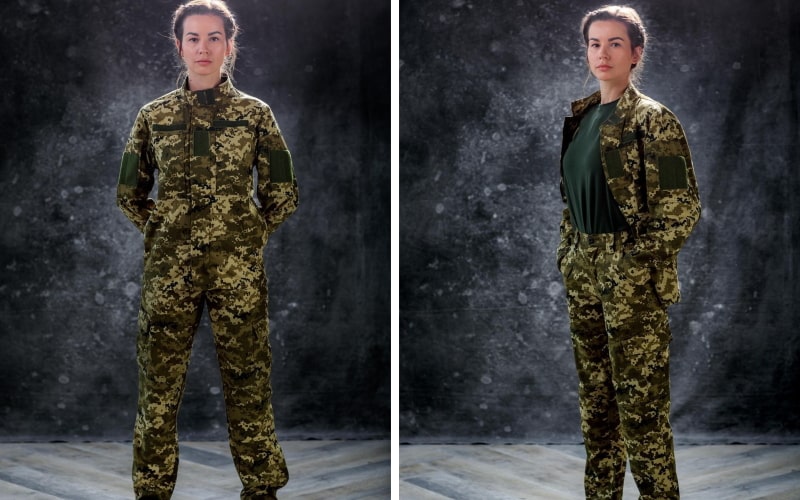
Several projects (Bezbar’ernist and Arm Women Now) have taken on the mission of preparing sketches and creating prototypes. The first samples of the female military uniform of Ukraine are made with an eye to the best practices in the creation of female ammunition:
More and more men and women are standing up to defend Ukrainian independence, so all our soldiers need better uniforms and due attention.